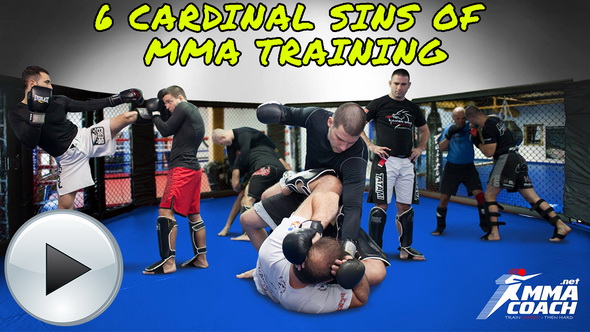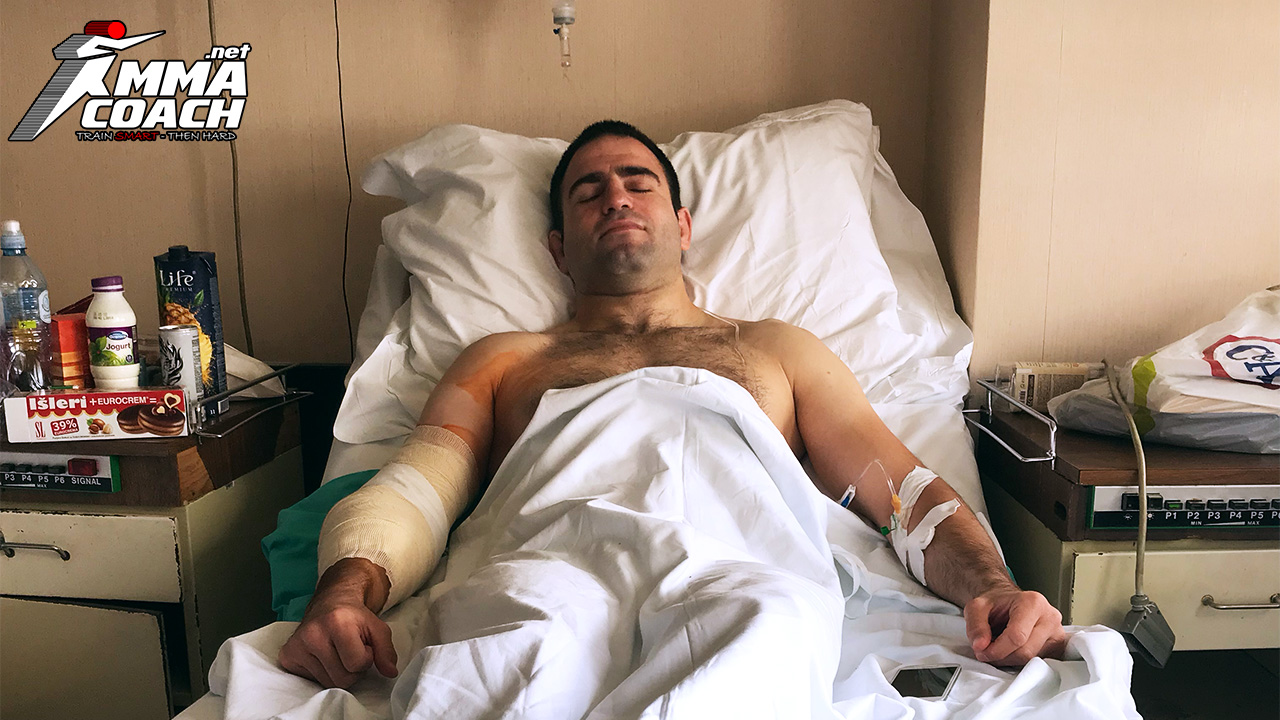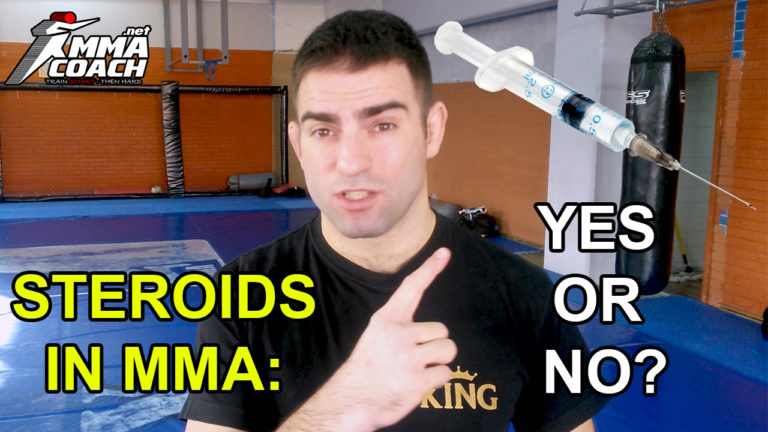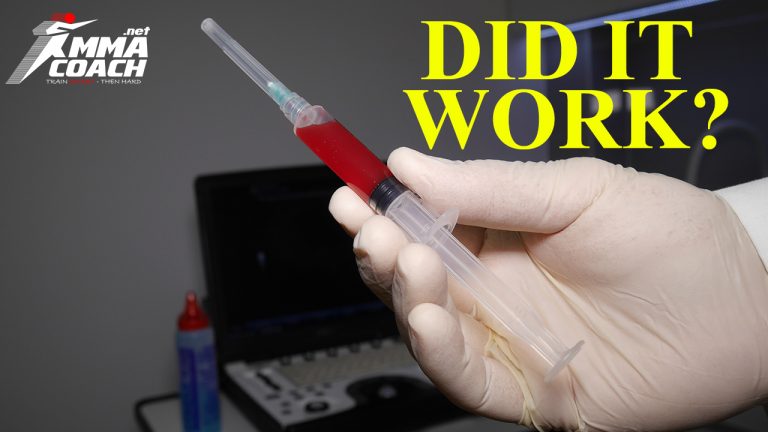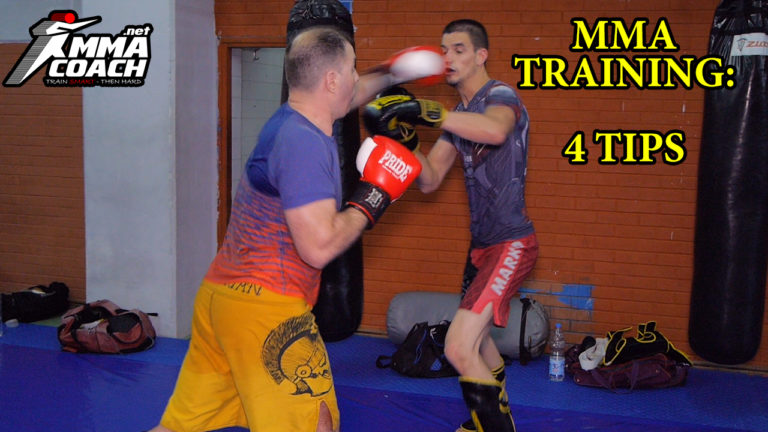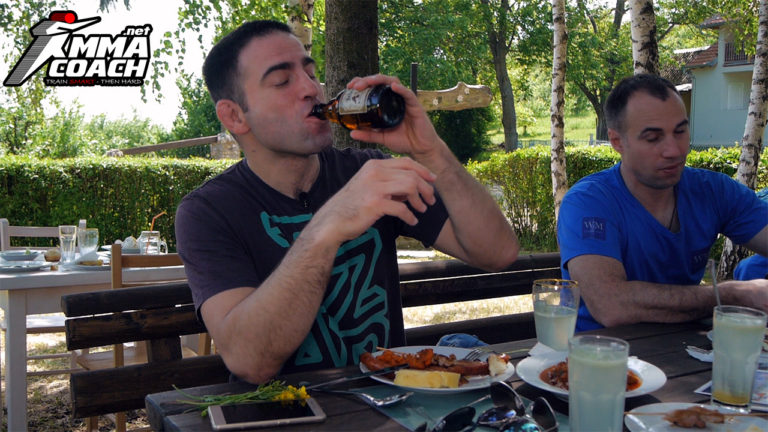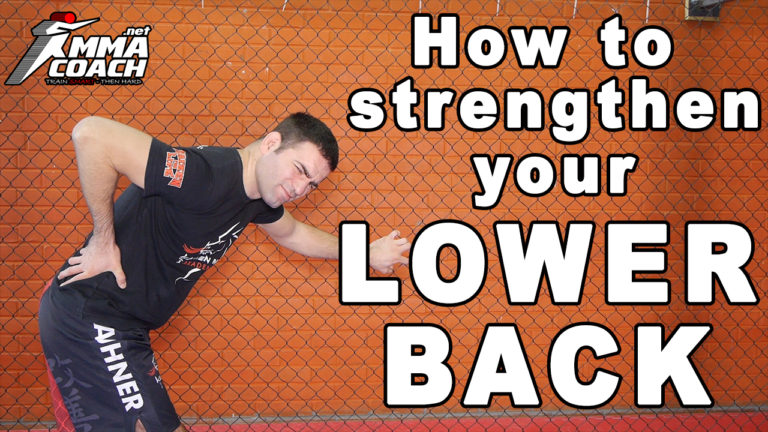A fighter’s guide to surgery & rehab – 6 tips
It sucks very much when you get injured or when you have to undergo a surgery, but that is the reality of our sport and it sometimes happens.
In today’s video and article I present you my fighter’s guide to surgery & rehab. I will talk about coping with sports injuries, what you should do when you need to get a surgery, how to go about it, what are the best strategies to overcome your injury after surgery, and how to recover and quickly return to training.
Join me as I undergo an elbow arthroscopy (the removal of bone spurs) which is surgery that I had already undergone 7 years ago and it helped me tremendously. It’s time to do it again.
Here are my 6 tips for fighters:
[video_player type=”youtube” style=”1″ dimensions=”853×480″ width=”853″ height=”480″ align=”center” margin_top=”0″ margin_bottom=”20″ ipad_color=”black”]aHR0cHM6Ly93d3cueW91dHViZS5jb20vd2F0Y2g/dj1UcnZPLWdOZEZkRQ==[/video_player]
1. DON’T UNDERGO SURGERY UNLESS IT’S REALLY NECESSARY
 First check if you really need a surgery or not. Do everything in your power to avoid it, like asking for a second opinion and exploring other types of treatment. But if it’s unavoidable and it’s the only way you will be able to compete again or just train (like me), then you really need to undergo a surgery.
First check if you really need a surgery or not. Do everything in your power to avoid it, like asking for a second opinion and exploring other types of treatment. But if it’s unavoidable and it’s the only way you will be able to compete again or just train (like me), then you really need to undergo a surgery.
Some fighters do the opposite thing and try to train without surgery, even if that will only make their injury worse. I’ve seen that a couple of times and it’s not smart.
2. ACCEPT THAT YOU’RE INJURED
 Accepting that you’re injured mostly means that you should stop wallowing in self-pity, thinking: “Poor little me. If I was only healthy, I could be competing or training right now”. If that’s how you think — stop it! This will lead you nowhere. Just accept that you’re injured and that you need to take some time away from training and competitions.
Accepting that you’re injured mostly means that you should stop wallowing in self-pity, thinking: “Poor little me. If I was only healthy, I could be competing or training right now”. If that’s how you think — stop it! This will lead you nowhere. Just accept that you’re injured and that you need to take some time away from training and competitions.
MMA, like most sports, is a long-haul game so don’t just draw the conclusion of how much of a bad luck you have from this instance of you being injured. Every fighter will go through this at some point. They will get injured and will require surgery if they are doing this professionally.
Ask yourself, is it in your power to change what has happened? If not, why stress about it? Just accept the things as they are and let the recovery process take its course.
This kind of thinking is one of the pillars of stoic philosophy which makes dealing with obstacles and life much easier, and is very applicable to sports as well.
3. BE SERIOUS ABOUT REHAB
 Surgery is just one half of the recovery process. A good rehab (Physical Therapy) is equally important. You should be really disciplined about this. Go for PT every day except maybe on Sundays when they’re closed. On those days you can do it alone if possible or teach someone how to assist you.
Surgery is just one half of the recovery process. A good rehab (Physical Therapy) is equally important. You should be really disciplined about this. Go for PT every day except maybe on Sundays when they’re closed. On those days you can do it alone if possible or teach someone how to assist you.
Just like in training, you should do it gradually. It will consist of strengthening and stretching exercises. Progressively increase the amount of resistance you can overcome and range of motion you can achieve. Be patient because your strength and flexibility back will take time.
Watch out if the injured spot swells up after exercise. Sometimes that means you overdid it and need to take it back a notch, and sometimes it’s just a part of the recovery process. Ice that part of the body after therapy.
4. TRAIN WHAT YOU CAN IMMEDIATELY
 There is a lot that you can train and as soon as you are able to — you should do it. In my case that might be running, squats, crunches, back extensions. I can even use my arm since my doctor told me on the second day after surgery that I can start with pull-ups and push-ups. I thought he was crazy, but he was dead serious. So I did try it and it didn’t hurt. I will not do them too much and I’m just testing out my arm by doing 1-2 sets per day, and it seems to be working fine. The exercises (sets, reps) will gradually increase according to how my elbow reacts. I will also start adding more ways of training (maybe light flow sparring) as the time goes by.
There is a lot that you can train and as soon as you are able to — you should do it. In my case that might be running, squats, crunches, back extensions. I can even use my arm since my doctor told me on the second day after surgery that I can start with pull-ups and push-ups. I thought he was crazy, but he was dead serious. So I did try it and it didn’t hurt. I will not do them too much and I’m just testing out my arm by doing 1-2 sets per day, and it seems to be working fine. The exercises (sets, reps) will gradually increase according to how my elbow reacts. I will also start adding more ways of training (maybe light flow sparring) as the time goes by.
A lot of the times you will not be able to use the part of the body you had surgery on that fast, but you can do other things. Don’t skip training just because you’re injured. Every time you exercise counts so don’t get lazy. This way you’re still conditioning yourself to maintain your training habits.
5. WATCH THE TRAINING SESSIONS AND FIGHTS
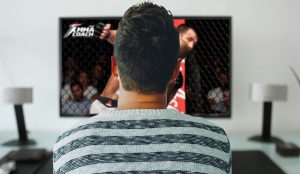 Just because you’re injured doesn’t mean you shouldn’t go and watch your training sessions. Don’t disappear from your academy and team-mates just because it might be hard for you to watch the training sessions without being able to participate. Stay mentally present by watching the practices. You can time the drills and sparrings, give feedback to your team-mates, cheer them on or help them in any way you can.
Just because you’re injured doesn’t mean you shouldn’t go and watch your training sessions. Don’t disappear from your academy and team-mates just because it might be hard for you to watch the training sessions without being able to participate. Stay mentally present by watching the practices. You can time the drills and sparrings, give feedback to your team-mates, cheer them on or help them in any way you can.
That way you will fuel your desire for training (keep the fire burning). The techniques will stay fresh in your mind, even if you don’t practice them, and that will make the eventual return to training much easier.
6. DON’T RUSH TO GET BACK TO TRAINING
 Make sure that you’re properly rehabilitated before you return to training fully. Otherwise, you might get re-injured (it has happened to me with a rib injury) which will further delay you coming back.
Make sure that you’re properly rehabilitated before you return to training fully. Otherwise, you might get re-injured (it has happened to me with a rib injury) which will further delay you coming back.
INSTRUCTIONALS MENTIONED IN THE VIDEO:
MMA Coach Store
A HUGE 50% discount is currently available on all our products. Check it out.
-
 Product on saleMMA Striking Made Easy$180.00
Product on saleMMA Striking Made Easy$180.00 -
 Product on saleTotal GNP Blueprint$120.00
Product on saleTotal GNP Blueprint$120.00 -
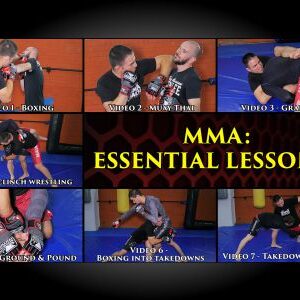 Product on saleMMA Essential Lessons 2$137.00
Product on saleMMA Essential Lessons 2$137.00 -
 Product on saleMMA: Essential Lessons$77.00
Product on saleMMA: Essential Lessons$77.00
Six Cardinal Sins Of MMA Training
Sign up for our FREE video explaining 6 most common mistakes in MMA training. Fix them easily and see your MMA skills skyrocket.
